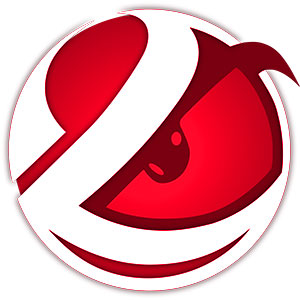Intel’s latest line of processors, the Arrow Lake-based Core Ultra 9 200S-series, has been met with a wave of criticism, particularly regarding its gaming capabilities. After Intel made bold assertions about the potential of these chips, real-world performance reviews have not aligned with those expectations, leaving enthusiasts and gaming communities questioning the company’s direction and execution.
When Intel introduced the Arrow Lake chips, their design and marketing suggested a significant leap forward in performance, particularly in gaming. However, a closer look reveals that the gaming performance of these new processors falls short—so much so that some reviews have characterized them as disappointing. Many anticipated that these new chips would rival or surpass AMD’s Ryzen 9800X3D in gaming, yet the reality is that Intel is struggling to maintain its competitive edge in this critical area. Notably, Intel’s previous generation, the Raptor Lake chips, have been found to outshine the new offerings in gaming scenarios, which raises important questions about the efficacy of Intel’s development strategy.
Intel has not shied away from addressing the shortcomings of the Arrow Lake processors. Robert Hallock, Intel’s VP and GM of client AI and technical marketing, candidly noted in a recent interview that the issues experienced with gaming performance are entirely Intel’s responsibility, dismissing external factors such as Microsoft’s influence. This level of accountability from Intel is refreshing; however, it does provide a sober reminder that even industry giants can stumble.
Hallock described the architecture of Arrow Lake as having “solid bones,” though he acknowledged that unforeseen complications have arisen during the chip’s development and deployment phases. These complications have led to performance inconsistencies, which are not only detrimental to user experience but also tarnish Intel’s reputation as a leading producer of high-performance chips.
Many consumers and tech enthusiasts are keenly awaiting Intel’s next moves. Hallock indicated that the company is committed to addressing the performance issues plaguing the Arrow Lake chips. By the end of November or early December, Intel plans to offer a thorough assessment of what these issues are and outline a path to improvement. This forthcoming update is anticipated with cautious optimism as users hope for patches or firmware updates that will enhance the gaming performance of these processors.
It’s reassuring that Intel is not turning a blind eye to the feedback from the tech community and is actively working to make amends. However, the timeline for effective resolutions remains to be seen, and the tech industry will be watching closely to assess how Intel rebounds from this launch.
Intel’s Arrow Lake processors present a complex scenario for the company, where high expectations meet stark reality. As reviews pour in, the narrative has turned more critical, painting a picture of a company that needs to realign its strategies and execution in the competitive gaming space. Nevertheless, with an open line of communication regarding potential fixes and improvements, Intel has a chance to regain footing in the market. How well they respond to this challenge will be instrumental in determining their future in an ever-evolving technological landscape.


Leave a Reply